

A FOREST OF SYMBOLS:
Following Errol Morris Into the Wilderness of Error
PART 2 (page 2) by Christopher Funderburg
So it feels like a dodge that Morris shies away from the weirdness of it all, and is especially shy when it comes to MacDonald himself. The MacDonald/Segal relationship is a small example - it certainly supports the idea that MacDonald is a weirdo and more than a little out of touch with reality. There's also the undisputed details of the night of the crime: when the police arrive in response to MacDonald's emergency call, no one answers the door and MacDonald is lying seemingly unconsicous next to his dead wife in the bedroom. The more unsavory aspects of MacDonald are left out altogether or downplayed: his infidelity, drug addiction, litigiousness and disinterest in the investigation of the murder of his wife and children are almost entirely absent from a book that's willing to spend pages discussing what kind of doll a certain unsourced fiber might have come from.
Morris shifts through the detritus and manages to make a case that the police collected several pieces of evidence that work in MacDonald's favor:
- black wool fibers in Collette's mouth
- black wool fibers on the club
- a 22-inch saran fiber
- a short brown hair found under Kristen's fingernail
It's an evocative set of clues, clues with suggestive and malleable meanings. Morris spends a lot of time exploring the meaning of these bits of evidence and once again he clears a path towards innocence - these pieces of evidence could have come from the killers! - but doesn't do anything to move us farther down that path. They could just be debris from military housing that saw dozens of families move through it over the years. Morris recasts the evidence to be suggestive, but never exculpatory.

I'm disappointed to say that A Wilderness of Error shares a key failure with one of the weaker pieces of true crime reporting I've ever come across: the Serial podcast. Evidence of a sloppy or mismanaged investigation is very different from evidence of innocence. Having been convicted in a corrupt, even failed, court system is not the same as being unworthy of conviction. Over and over, Serial and A Wilderness of Error pursue dead-ends and get caught up in minutiae to dubious ends. It's a questionable effort to spend pages and pages to inconclusively prove that the saran fiber might have been able to come from a wig that theoretically could have been worn by a suspect with a different hair color than a person of interest seen somewhat nearby the crime scene.
By building from the premise that MacDonald is innocent, instead of increasing sympathy for MacDonald, the book has the effect of increasing skepticism for his innocence. Morris' strongest arguments point towards a suggestive unknowability - again, it is a path cleared towards the idea of innocence rather than proof. Morris seems to have an awareness of this. In the epilogue he writes:
"We may never be able to prove with absolute certainty that Jeffrey MacDonald is innocent. But there are things we do know. We know that the trial was rigged in favor of the prosecution; that the CID, the FBI, and the Department of Justice pursued an unethical vendetta against Jeffrey MacDonald; that evidence was lost, misinterpreted, and willfully ignored. We know that Jeffrey MacDonald was railroaded."
That's his final pitch for the "MacDonald Family Murders" narrative. And it's tough to argue with. But if you stop and consider this argument, this is an argument against the justice system in a general sense and not one specific to the MacDonald case. You might notice it almost exactly mirrors the defense ultimately made for Adnan Syed in Serial: the system is too broken and too corrupt for us to ever know what happened beyond the fact that a defendant did not get the fairest of shakes. In both cases, I think this is an extremely weak argument for innocence. It's an argument I agree with entirely, whole-heartedly, with passion - one, it should be noted, that appeals deeply to the certain kind of liberal audience likely to listen to Serial or watch The Thin Blue Line. But it is not an argument for the innocence of Syed or MacDonald. It's an argument about the entire system and one that could be equally applied to hundreds, if not thousands, of cases.
In all likelihood, MacDonald is not innocent. That is to say, if we are left with a convincing unknowability, all we are left with is likelihood.
Likelihoods
I want to back away from the new narrative of the MacDonald murders Morris is trying to build and go even further into the past before they became the "Green Beret Murders." I want you to get into a mindset here with me before any narrative is written. Blank slate. When the police arrive at the crime scene, we have a living husband, a murdered wife and two murdered daughters (ages 5 and 2). That's all we know. Now, because of the botched investigation and mass of inconclusive evidence, the vendettas and the rail-roading, that's as good as it is going to get for us. That's all we can ever know. If we accept the mindset of Morris in his epilogue (and agree the evidence can be pointed equally at MacDonald or the hippie perpetrators of his telling), we as an audience are left standing there at point zero, the moment before any investigation began because we believe an investigation didn't happen in any meaningful sense.
There, in those initial moments, it makes sense to consider what is most likely to have happened. Let's go through a few imaginable scenarios, in descending order of likelihood. This is not an attempt to match them to evidence or put puzzle pieces together. This is simply a discussion of possible scenarios that can't be proven wrong out of hand (e.g. They were poisoned by their butler. This is not possible because they were stabbed to death. Also, they did not have a butler.) Here we are with the first responders: a wife dead and two little girls, each dead in their own bed. Their husband and father bloodied but alive next to them. That's all we know. What is most likely?
MacDonald killed his wife and children
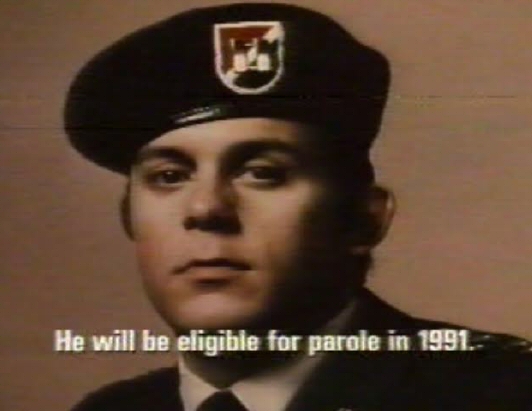
By far, this is the most likely scenario from a statistical perspective. Murdered women are overwhelmingly likely to have been killed by their husband, boyfriend or ex. Murdered children (under age 12) are overwhelmingly likely to have been killed by their parent or close relative. Spouses murder spouses and family members murder children more frequently than any other kind of murder. You have a family alone in their own home (e.g. the murders did not occur at a restaurant or hotel or friend's house with anyone else apparently present), so the chances are very decisively in favor of the living husband being the killer. It is not unreasonable nor inappropriate for investigators to work from this point of view: Jeffrey MacDonald is the one most likely to have killed his family. Barring exculpatory evidence otherwise, they are right to pursue this lead. With even modest digging, MacDonald's infidelity will be uncovered and infidelity is a common factor in spousal homicide.
MacDonald's family was killed over a drug dispute

Keeping to the stats, if you're not murdered by your family, you're going to get murdered over drugs. Adult men murdered by other men are most likely to have been killed over drugs/drug-dealing. A majority of women killed by serial murderers are prostitutes with histories of drug addiction. Drugs are a gigantic factor in homicide in the U.S. and they hang over the MacDonald case like an ominous black cumulonimbus cloud. The main exculpatory evidence in favor of MacDonald (the piece Morris pursues most aggressively and unconvincingly in his book) comes in the form of Helena Stoeckley, a police informant who somewhat matched the vague description MacDonald gave of one of his assailants. A woman was seen on the street near the MacDonald house by emergency first-responder Ken Mica.
As an ER doctor with access to narcotics, investigators pursued the drug angle in the initial stages. In fact, you can trace Stoeckley's involvement in the case based on following this lead. Military investigators checked with local police about possible suspects but also to see if MacDonald had any known connections in the drug communities in surrounding Fayetteville. Was he dealing prescription meds on the side and it came back to bite him?
A local cop went to his main informant and inquired to her about MacDonald - lo and behold, she owned a wide-brimmed hat, a pair of boots and a black jacket. This amazingly specific and not at all generic set of clothes was in the neighborhood of MacDonald's description of a floppy hat, white boots and a dark jacket. Nevermind that Stoeckley's boots were brown and there was no confirmation of whether her wide-brimmed hat was "floppy" or not. The vague description also could be construed to resemble the woman Mica mentioned having seen on the street.
No connections between MacDonald and the drug community were ever found, but the likelihood of the scenario is what brought Stoeckley on the scene in the first police. Remember: police found her and then asked her and her neighbors/associates about the murders. Stoeckley did not involve herself in the case but became involved because investigators were pursuing the "drug scenario" which they quickly concluded had no legs. Stoeckley's involvement is almost purely coincidental. Morris makes her the centerpiece of his book.
Random drug-addled murders
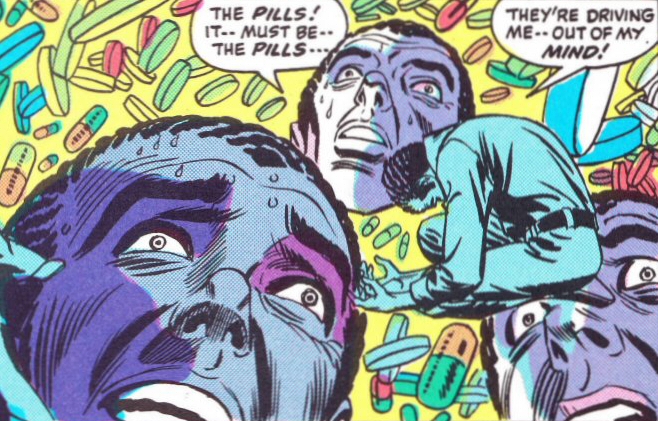
The idea that drug addicts could break into your house and kill you and your family while you sleep isn't inconceivable. Stoeckley gave multiple conflicting confessions that all more or less revolved around this idea: a group of drug addicts broke into the house in a druggy haze and killed the MacDonald family for vague, ill-considered reasons. MacDonald has maintained some jewelry was missing (never confirmed), so robbery/general druggie dipshittery has a certain plausibility. Hanging around this theory are unverified tales that, as a doctor, MacDonald had an antagonistic relationship with local drug addicts, who he refused to treat in his capacities as a physician. Again, that's not a terribly outlandish scenario. Clean-cut military man doesn't want to waste his time on hopeless addicts so they retaliate with a robbery that gets out of hand.
Manson-style cult murders
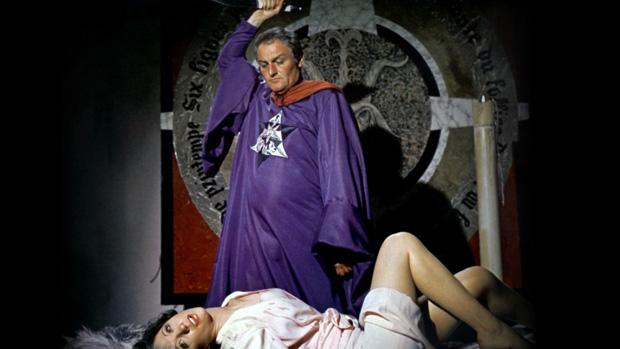
We've now reached the "are you shitting me?" level of likelihood. The main (but not only) reason that a Manson-style slaughter was even considered was that MacDonald had told investigators his attackers had chanted slogans in the vein of "Kill the pigs, acid is groovy!" and written "PIG" in blood on the headboard above Collette. The existence of the Manson family both supports and undermines the plausibility of this scenario. Something like this is possible because the Manson killings did happen. But drug-addled hippie murder cults with a penchant for random murders and scrawling "PIG" in blood on the walls isn't something that seems like would happen more than once a generation. It's just not believable in a fundamental way. The timing is extremely coincidental: the MacDonald Family Murders happened in February of 1970 - the Manson family had just been arrested over the course of November/December 1969!
Furthermore, it's a bad story and the kind of bad story that gets concocted by desperate men trying to hide their crime. Think of it as an early 70's version of "a black guy did it." MacDonald, of course, knew all about the Manson family and even had a magazine featuring their tale (amongst others) on his living room table the night of murders. The "Manson scenario" is what ensured this case would be controversial, and controversial specifically for being mired in a muck of bad narratives. It's interesting that the previous scenario ("random drug addicts") can be massaged ever so slightly into the realm of "bullshit, my friend" Manson-style cult killings - it shows how even plausible scenarios can resemble implausible ones. The story is important.
Government conspiracy involving Manson-style murders, black magic, massive drug operations, reverse vampires and the Rand Corporation
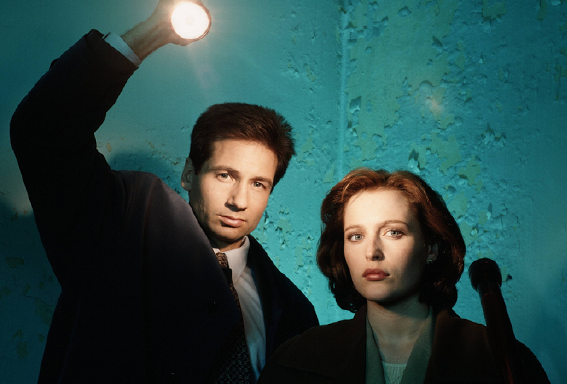
Of course this didn't happen. But it has to be mentioned because after the second trial, the defense hired a private investigator named Ted Gunderson to track down the itinerant, erratic Stoeckley and get her on the record. Gunderson, unfortunately, is a nutjob. He's a 9/11 truther who believes in cointrails and he "followed the evidence" that shows Stoeckley was part of a larger government conspiracy and the MacDonald murders were the unfortunate result of someone getting too close to the truth. You can trace his twisted logic: Stoeckley was a Lieutenant Colonel's daughter and, in a possibility unexplored by Morris or the police, her father somehow used his clout to get investigators to back off of his daughter and her flighty confessioneering. But why? Probably because they are involved in drug-running (just ask Freeway Ricky Ross!) and Satanic rituals (just ask any homeless schizophrenic!)
This scenario is so goddamned stupid, but it has to be mentioned because Morris proves that Gunderson tampered with Stoeckley as a witness before her death from Hepatitis in 1982. In a taped interview, she gives her lengthiest on-the-record testimony about the night of the murders and it is clear she's been coached extensively by Gunderson. She doesn't say anything about his conspiracies, but all her testimony (much of it exclusive to this final taped interview) sets up his pet theories about black-magic-loving Manson-style lieutenant colonels. Gunderson's co-investigator goes on the record saying Gunderson wanted to bribe Stoeckley $50,000 or more for her testimony.
Now, go back through that list of scenarios:
1) MacDonald killed his family.
2) MacDonald's family was killed over drugs.
3) MacDonald's family was killed in a random crime.
4) MacDonald's family was killed by a Manson-style cult.
5) MacDonald's family was killed as part of a large-scale conspiracy.
Of course other scenarios are possible, but those are the leading contenders put forth by the defense, prosecution, investigators and more or less anyone involved in the case. Objectively, Scenario #1 is the most likely. Unfortunately for MacDonald, it is the "guilty until proven innocent" scenario. The original Article 32 hearing did find him innocent of killing his family - in the words of the presiding judge Colonel Rock, there was "no truth to it."
In light of that proclamation and some of the lingering evidence, Scenario #2 then has to become attractive. This is where we get tripped up. In pursuing Scenario #2, the investigators are the ones who introduced Stoeckley into the mix. By moving on to the next most plausible lead, they found yet another way to muddy the waters. The great flaw of Morris' book is its treatment of Stoeckley and her various confessions. He's determined to find the truth in her statements, but fails spectacularly at convincing us we should believe word that comes out of this randomly-selected, drug-addled, professional snitch. Morris gives me no reason to believe there is any element of truth relating to the MacDonald murders in any of Stoeckley's varied, conflicting, frequently incoherent confessions.
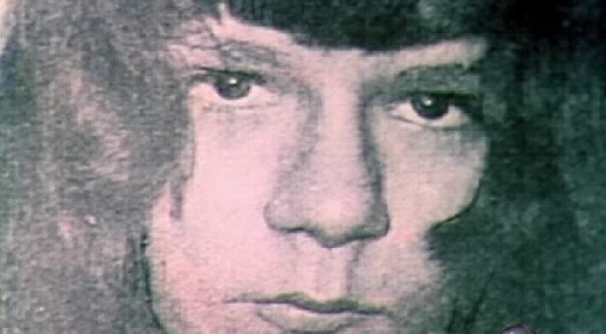
So much of A Wilderness of Error can be boiled down to Morris pursuing the Stoekley "lead." At no point does she provide the tiniest bit of concrete proof of her involvement, but bafflingly, Morris never seems to doubt that she could do so if she weren't holding back. Stoeckley made a life out of being an informant and survived as an addict and criminal by dangling juicy inside info in front of investigators. Stunningly, Morris seems to have taken the bait.
His reasons for doing so are understandable - he backs himself into a corner. We're back on that first night, at point zero. No new evidence is coming our way from the investigators. The court system, police, investigators, CID, etc ensure we're working within and against corruption. Morris refuses to put MacDonald on the stand. He doesn't want us to consider the man in question too closely - the issues of considering MacDonald directly are the problems he's trying to overcome. He needs new evidence. He finds none and Stoekley's confessions are the only possible source. It's the only path he has left.
It leads nowhere. Which is right back to where we started.
In the third and final installment of this series, we'll look at the ways in which Morris' book inadvertently strengthens the case for MacDonald's guilt by going against everything we know about Errol Morris as an investigator and thinker.
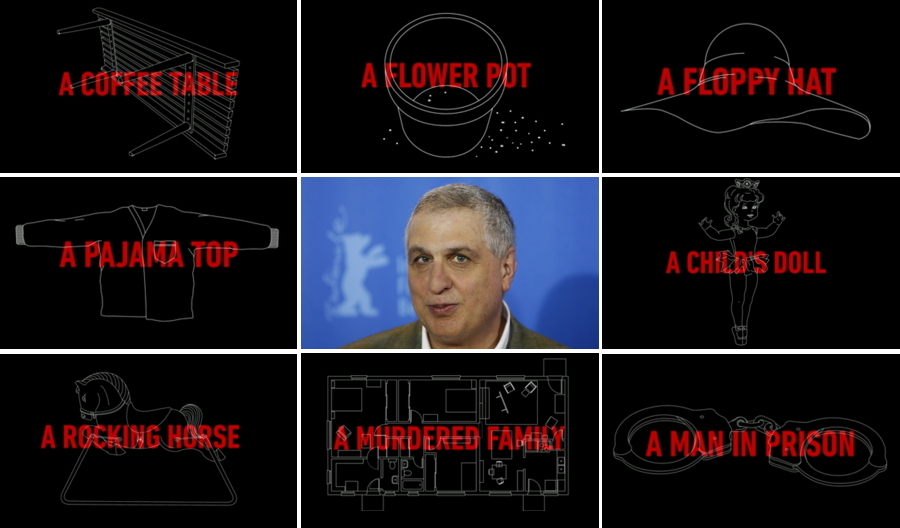
<<Previous Page 1 2 Next Page>>
home about contact us featured writings years in review film productions
All rights reserved The Pink Smoke © 2015